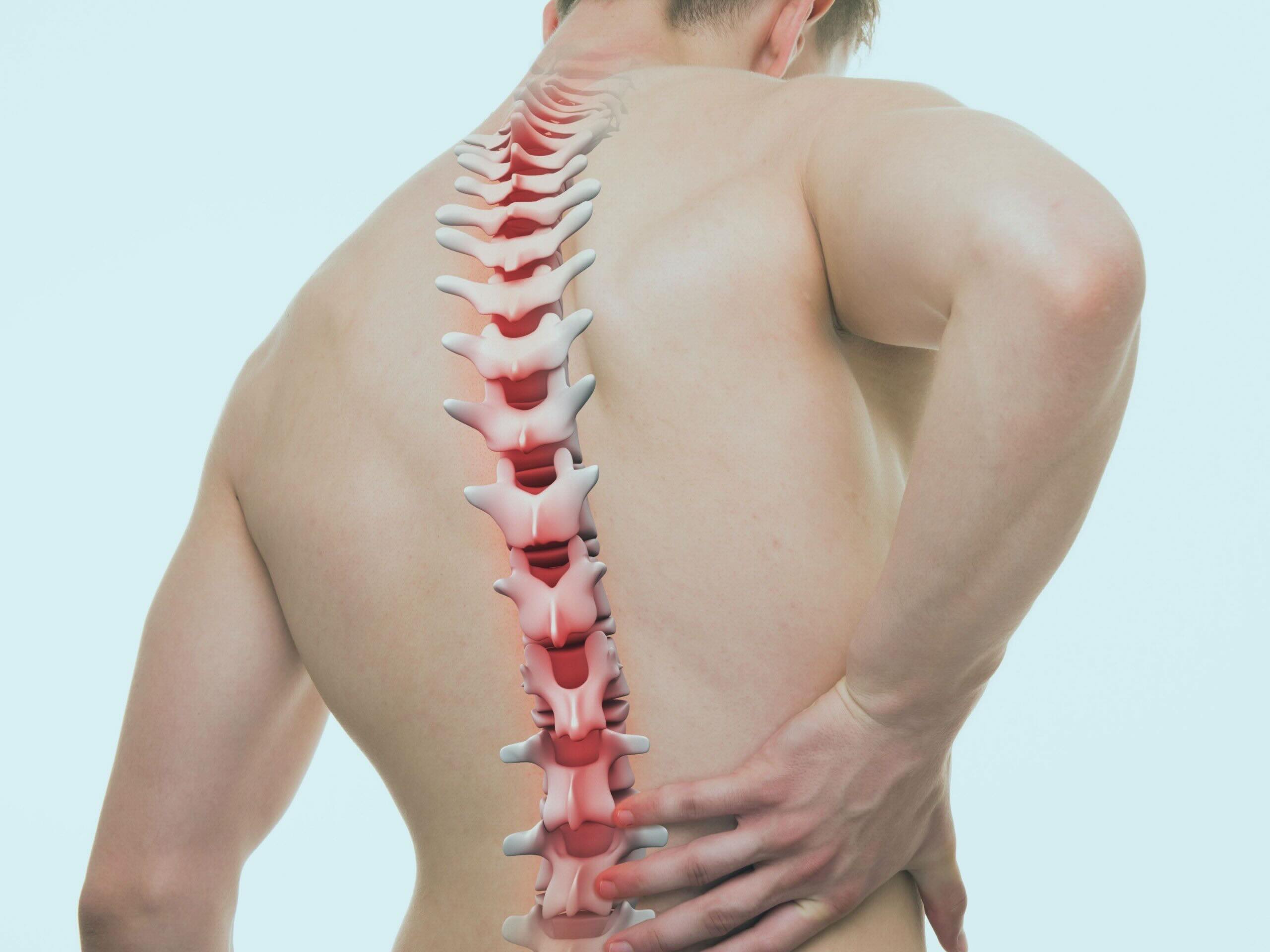
Spinosaurus is one of the most intriguing dinosaurs that ever roamed the Earth. Known for its distinctive sail-like structure on its back, this giant predator has fascinated scientists and dinosaur enthusiasts alike. But what makes Spinosaurus so special? Spinosaurus was not just any dinosaur; it was the largest carnivorous dinosaur, even bigger than the mighty T-Rex. This aquatic hunter had adaptations that allowed it to thrive both on land and in water. From its crocodile-like snout to its conical teeth perfect for catching fish, Spinosaurus was a true marvel of prehistoric times. Ready to dive into 25 amazing facts about this incredible creature? Let’s get started!
Spine Anatomy
Understanding the spine's structure helps us appreciate its complexity and importance. Here are some fascinating facts about spine anatomy:
-
The human spine consists of 33 vertebrae, which are divided into five regions: cervical, thoracic, lumbar, sacral, and coccygeal.
-
The cervical spine, located in the neck, has seven vertebrae. These vertebrae are the smallest and most mobile.
-
The thoracic spine, found in the upper and mid-back, contains 12 vertebrae. These vertebrae are attached to the ribs, providing stability.
-
The lumbar spine, in the lower back, has five vertebrae. These vertebrae are the largest, supporting most of the body's weight.
-
The sacral spine consists of five fused vertebrae, forming the back part of the pelvis.
-
The coccygeal spine, or tailbone, is made up of four fused vertebrae. It provides attachment points for ligaments and muscles.
Spine Function
The spine plays a crucial role in our daily lives. It supports the body, protects the spinal cord, and allows movement. Here are some key facts about spine function:
-
The spine supports the head, shoulders, and upper body, distributing weight evenly.
-
The spinal cord, housed within the spine, is a bundle of nerves that transmits signals between the brain and the rest of the body.
-
Intervertebral discs, located between vertebrae, act as shock absorbers, cushioning the spine during movement.
-
The spine's natural curves, known as lordosis and kyphosis, help maintain balance and absorb stress.
-
Ligaments and muscles surrounding the spine provide stability and support, allowing for a wide range of motion.
Spine Health
Maintaining a healthy spine is essential for overall well-being. Here are some important facts about spine health:
-
Poor posture can lead to spine problems, such as herniated discs and chronic pain.
-
Regular exercise, including strength training and stretching, helps keep the spine healthy and flexible.
-
A balanced diet, rich in calcium and vitamin D, supports bone health and prevents osteoporosis.
-
Smoking can negatively impact spine health by reducing blood flow to the spinal discs, leading to degeneration.
-
Maintaining a healthy weight reduces stress on the spine, preventing issues like lower back pain.
Spine Disorders
Various spine disorders can affect people of all ages. Here are some common spine disorders and their facts:
-
Scoliosis is a condition where the spine curves sideways, often diagnosed during adolescence.
-
Herniated discs occur when the inner gel-like core of a disc pushes through its outer layer, causing pain and discomfort.
-
Spinal stenosis is the narrowing of the spinal canal, which can compress nerves and lead to pain, numbness, and weakness.
-
Osteoarthritis, a degenerative joint disease, can affect the spine, causing pain and stiffness.
-
Ankylosing spondylitis is an inflammatory disease that can cause the spine's vertebrae to fuse, leading to reduced flexibility.
Spine Surgery
In some cases, spine surgery may be necessary to treat severe conditions. Here are some facts about spine surgery:
-
Spinal fusion is a common surgery where two or more vertebrae are permanently connected to stabilize the spine.
-
Laminectomy involves removing a portion of the vertebra called the lamina to relieve pressure on the spinal cord or nerves.
-
Discectomy is a procedure to remove a herniated disc that is pressing on a nerve.
-
Minimally invasive spine surgery uses smaller incisions, resulting in shorter recovery times and less postoperative pain.
Final Thoughts on Spinosaurus
Spinosaurus, with its unique sail and aquatic adaptations, stands out as one of the most fascinating dinosaurs. This predator, larger than T. rex, roamed both land and water, showcasing nature's incredible diversity. Its diet, primarily fish, and its ability to swim make it a true marvel of evolution. The discovery of Spinosaurus fossils in North Africa has provided invaluable insights into the Cretaceous period's ecosystems. While many mysteries remain, each new find brings us closer to understanding this magnificent creature. Spinosaurus continues to captivate scientists and enthusiasts alike, reminding us of the ever-evolving story of life on Earth. Whether you're a dinosaur enthusiast or just curious, the tale of Spinosaurus offers a glimpse into a world long gone but never forgotten. Keep exploring, and who knows what other wonders await in the annals of paleontology?
Was this page helpful?
Our commitment to delivering trustworthy and engaging content is at the heart of what we do. Each fact on our site is contributed by real users like you, bringing a wealth of diverse insights and information. To ensure the highest standards of accuracy and reliability, our dedicated editors meticulously review each submission. This process guarantees that the facts we share are not only fascinating but also credible. Trust in our commitment to quality and authenticity as you explore and learn with us.
